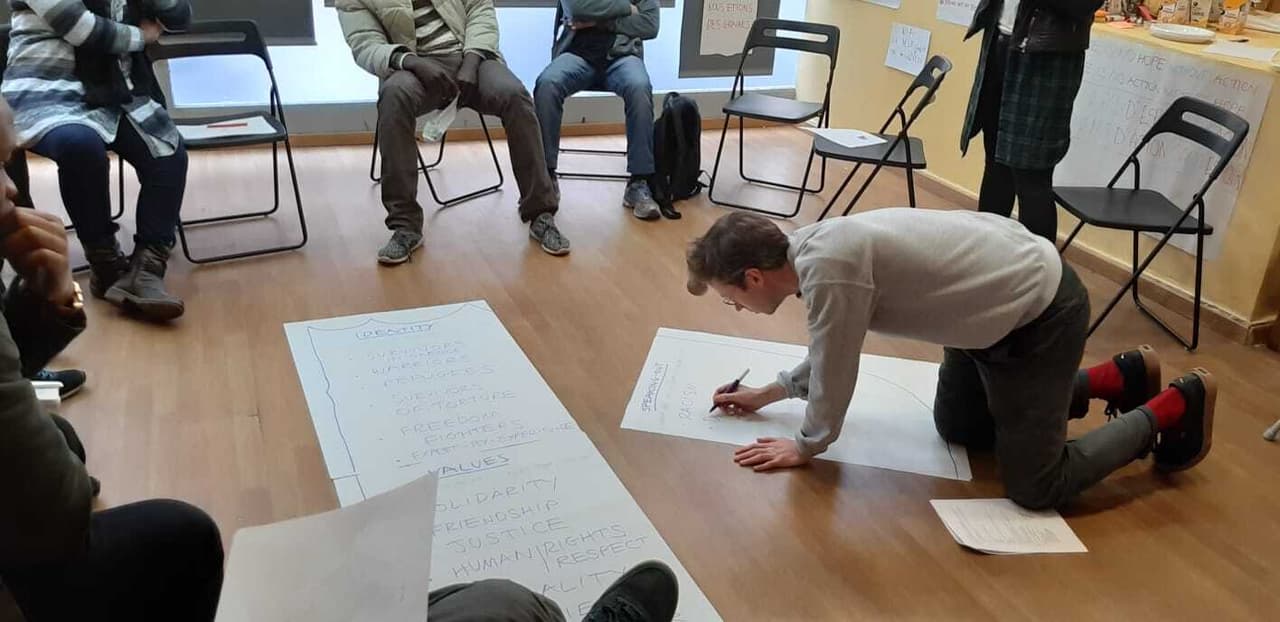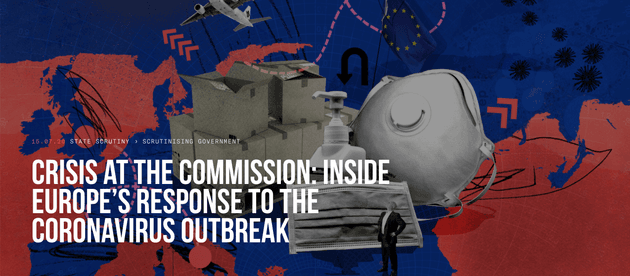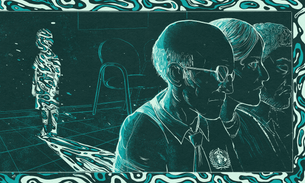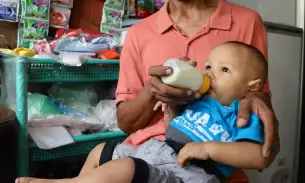
How can our stories make a lasting difference for the people that matter?
“That sounds like such a cool job!” is a common response when people hear about my role as impact producer and community organiser on the Bureau’s global health team.
“But what does that actually… mean?” is almost always what comes next.
The question is understandable. Outside the documentary film industry, few people will have heard the term “impact producer”; and the notion of a community organiser having anything to do with journalism would be alien to most. Indeed, the Bureau is the only journalism organisation of its kind in the world to have created impact and community organising roles embedded within investigative reporting teams. Fleshing out exactly what this looks like in a journalistic setting, then, is still a daily process of learning as we go. But to summarise the position in a nutshell, my job is to maximise the real-world impact of our health journalism.
This doesn’t mean lobbying for policy changes or pushing a specific cause. We will always be led by the questions we ask and the facts we uncover, not by anyone else’s agenda. At the same time, we recognise that in order for our journalism to do its job effectively it needs to go beyond a “publish-and-hope-for-the-best” approach. This means embracing impact as a goal without campaigning for a particular outcome. It means strategically positioning our work so it can be as useful as possible. It means being proactive about ensuring that the evidence we gather gets to the right people, at the right time, in the right format. And that’s where the impact producer and community organiser comes in.
My role starts at the beginning, with the scoping out of potential story ideas. A key responsibility here is to bring together viewpoints from a range of backgrounds, locations and skill-sets to help inform the story ideation and selection process. This is about recognising that we, a small team based in the UK, should never presume to know what kind of global health stories are “valuable”. Listening and talking to different communities of experience and expertise from this point onwards both enriches the quality of our reporting and helps to deepen and amplify the impact of our investigations in the long run.
Determining what the potential impact of any investigation might be at this early stage, before we’ve even gathered the facts, is impossible. But once the initial reporting matures into a fully fledged story idea, I conduct further consultation with those affecting, and affected by, the issue to work out how the story could best contribute to positive change. So while the global health team’s reporters are responsible for determining what the story will be at this point in the investigation cycle, I try to sketch out what the story will hopefully do.
Together with the reporters and those communities of experience and expertise we’re already engaged with, I’ll then map out who we need to reach or involve in order to achieve those goals. Who could really benefit from our findings? Who should be paying attention? Who might want to take our work and do something with it? Who has the power to make or drive change around this issue?
Once we have identified our target audiences and potential collaborators, we’ll plot how best to reach and engage them in order for us to achieve the impact goals we’ve laid out. This thinking informs our decisions about who we publish our story with, from international and national to local and specialist publications, and our plans for how to lift the journalism off the page and into the real world.
To give some examples from our recent investigations: for our story on the EU’s flawed response to Covid-19, we targeted the EU electorate, national governments in each country and policymakers in Brussels. In order to reach them we collaborated with European reporters and co-published the investigation with seven different outlets across the continent; we sent a briefing documents to national parliamentarians, MEPs, trade and health ministers and members of relevant European Parliament committees; and our reporter Ben Stockon raised our findings with the health commissioner, Stella Kyriakidou, at the European Commission’s weekly press conference.
The commissioner made a statement stressing the need for a review of how the pandemic had been handled, the ENVI Committee called for greater coordination and collaboration between member states the following day, and two weeks later the EU ombudswoman announced an independent inquiry would be held.
 The Bureau's investigation into the EU's pandemic response
The Bureau's investigation into the EU's pandemic response
For our investigation into the high prices charged for oxygen by multinational gas companies in Africa, and the devastating consequences, we identified a number of target audiences: communities affected by restricted access to oxygen, health ministers and competition commissioners, civil society organisations working on the issue and global health institutions with the power to fund better oxygen access. We asked key stakeholders how our journalism could be most useful; we heard that the information we were gathering on pricing structures, which was only possible to obtain through deep investigation, could prove particularly helpful. So we planned a publication and dissemination plan accordingly.
The story was published in outlets across Africa, specialist medical publications and newsletters, and the Guardian. Different story summaries were sent directly to decision-makers and regulators, each tailored specifically for the audience. Following publication, we worked with a global coalition of groups working on oxygen access to give a presentation of our findings to hundreds of influential actors, including those global health institutions. We also produced a briefing document, which included detailed pricing information. Following the presentation, a working group that was part of the coalition committed to working with industry to tackle the issues raised in our findings.
In every story we will also put special emphasis on reaching the communities at the heart of our reporting – it is only through engaging and equipping them that lasting change will be achieved. This means taking time to think about how those most impacted by our story will access, consume and engage with it – and ultimately, how it can be a tool for change in their community.
For our recent investigation into how tactics employed by the formula milk industry in Indonesia are potentially violating World Health Organization marketing codes, we recognised the need for our evidence to reach Indonesian parents directly. By working with an in-country impact producer to identify what this audience considered to be trusted sources of information, we ensured that translated versions of our story appeared in Indonesian newspapers, parenting websites and across influential parenting Facebook pages.
Having an appreciation of time, and how long it takes for socio-political change to actually happen, is also key to the role. Just because an investigation has run its cycle, it doesn’t mean that its impact has stopped. Quite the opposite: it has become clear that a great deal of my work will be post-publication. Long after the reporters have moved on to their next story, I’ll continue to monitor and support local pick-up and organising, and follow the long-term effects of any apparent impact. In the case of the formula industry story, for example, I’m continuing to work with different civil society networks eager to build on the evidence we uncovered in Indonesia. Months on from publication, I’m planning a series of presentations with the reporter on what we found and, crucially, how we found it, so that these advocate groups are in a position to take up the work themselves.
The fascinating thing about this role is that it sits somewhere between a science, an art and good old-fashioned luck: the “alchemy of impact”, as Emily Bell calls it. Each investigation presents its own specific opportunities and challenges, demands its own complex and sensitive measures, and is an opportunity to hone our understanding of where impact sits in relation to our journalism. And we’ll be sure to continue reporting on our progress as the experiment continues.
Exposing systemic failings through investigative journalism isn’t a quick fix. It takes time to uncover the evidence. It takes time to get people to notice. But when we take that time, we can get results. Help us do more.
Support the Bureau today



